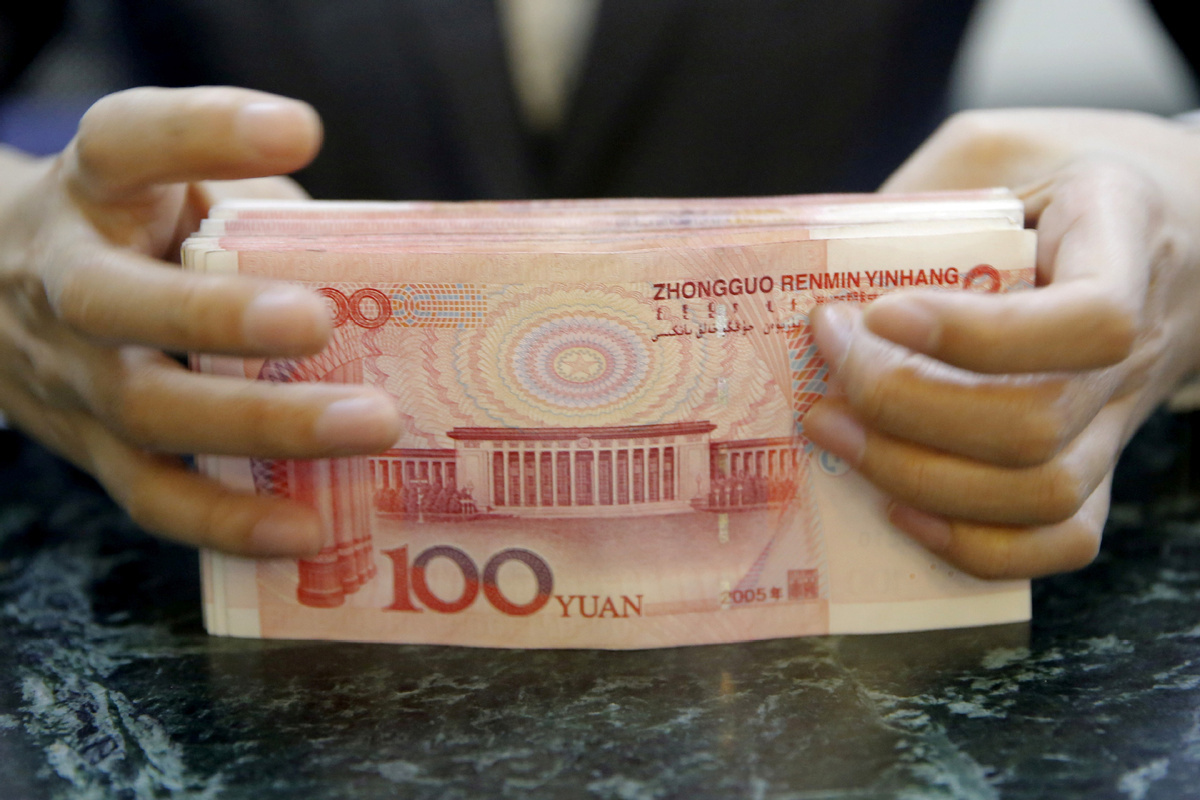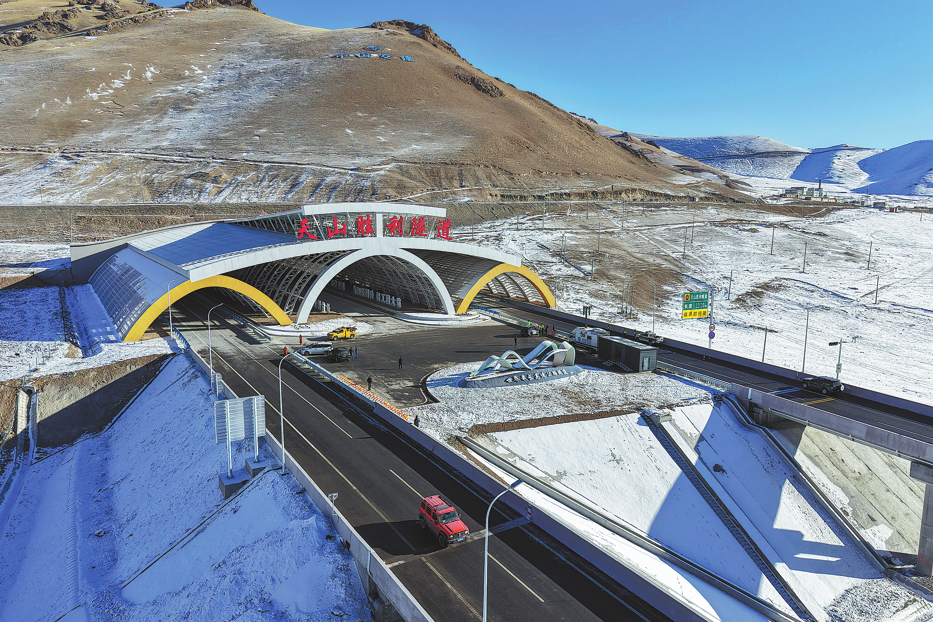Moving toward to common prosperity


Thanks to reform and opening-up and the rapid economic development they facilitated, China has transformed from a low-income economy with per capita GDP of less than $200 to a middle-income economy with per capita GDP of more than $10,000. It has also become the world's second-largest economy which has reduced the extreme poverty index from more than 90 percent to about 1 percent.
Yet unbalanced economic development remains a big problem for China-as are the development gap between urban and rural areas and between different regions, the widening income gap and unequal opportunities. And although China is set to eliminate extreme poverty by the end of this year, relative poverty, including that caused by the widening income gap, will continue to demand serious attention.
Therefore, narrowing the income gap will remain an important task for China in the next five years and beyond, especially to realize the development goal of "common prosperity" set by late leader Deng Xiaoping.
And the Fifth Plenary Session of the 19th Communist Party of China Central Committee, held in October, reiterated the importance of achieving the goal of common prosperity.
Before 2008, the income gap was steadily widening, with the Gini coefficient, a statistical measure of the income distribution in a society, increasing from about 0.3 in the early 1980s to a peak of 0.491 in 2008. The income gap between urban and rural areas and among different regions, too, had been widening, with the same being the case with the wage gap within and among different industries, and among different occupations.
After 2008, the trend has slowed. But overall wealth disparity is still high, and the income gap between urban and rural areas still needs to be further narrowed. There is also a need to expand the middle-income group.
Besides, unbalanced urban-rural and inter-regional development remains a problem as is the fact that a large percentage of China's population still belong to the low-income group, with the large income gap posing a serious challenge to China in its march toward modernization. So the authorities need to intensify the income distribution system reform and strengthen the income redistribution policy to narrow the income gap and advance toward common prosperity.
In particular, measures should be taken to address the unbalanced interest distribution problem, and taxes should be adjusted, the social security system strengthened and transfer of payment to low-income people increased to promote income redistribution.
Whether China can solve the income inequality problem depends on whether it can meet several key challenges. First, it has to narrow the income gap caused by the fragmented labor market and distorted capital market. For an economy in transition, a well-functioning, fair and equitable market mechanism will not only improve efficiency, but also contribute to the fairness of income and wealth distribution.
Second, the government's redistribution policy remains an effective means to narrow the income gap, but the implementation of these policies must be accompanied by reduced government intervention in the market and measures to curb corruption and rent-seeking.
Third, if the wealth gap continues to widen, the trend of declining income inequality will likely be reversed; it could even rise in the opposite direction. As such, measures must be taken to address the unequal wealth distribution problem, and ensure low-income groups get more opportunities to increase their income and lead a better life.
Finally, in market economy, an important factor that widens the wealth gap is the difference in individuals' development ability, especially the difference in human capital accumulation among different groups. Investing in human capital for greater equity and economic growth and improving the income redistribution mechanism are perhaps the best way to narrow individuals' development gap as well as the wealth gap.
The difference in individuals' accumulated knowledge and skills, and education levels could be attributed to their different economic backgrounds, which incidentally are the result of unbalanced distribution of public resources.
Therefore, policies to realize equal distribution of public resources and provide equitable public services, instead of being mere slogans, should be strictly implemented. Only in this way can China realize the goal of common prosperity.
The author is a professor at the School of Public Affairs, Zhejiang University.
The views don't necessarily reflect those of China Daily.
If you have a specific expertise and would like to contribute to China Daily, please contact us at opinion@chinadaily.com.cn, and comment@chinadaily.com.cn.


































